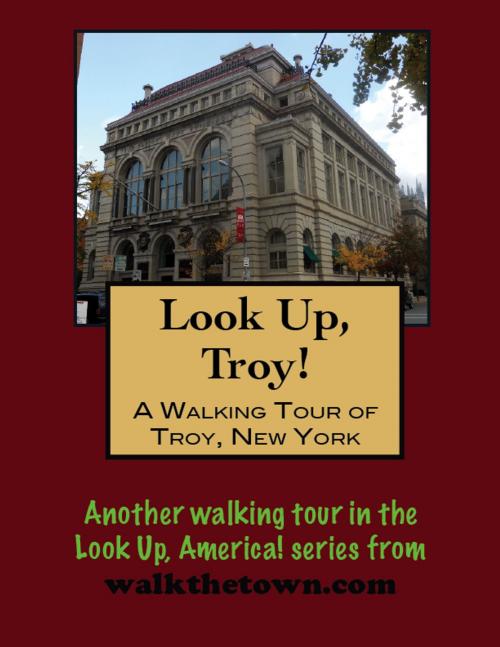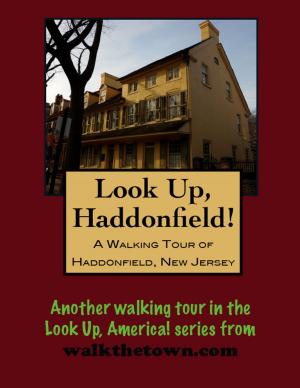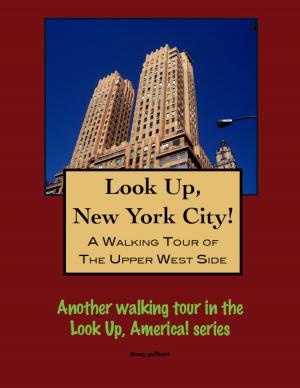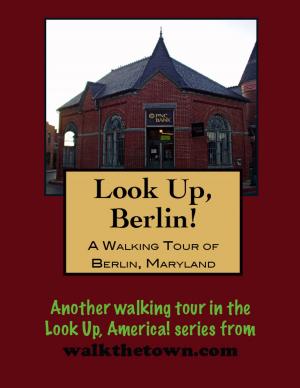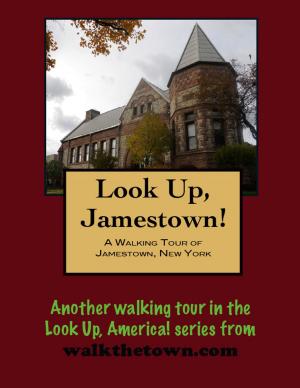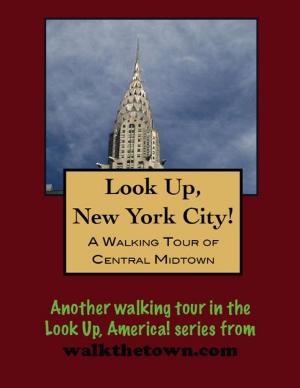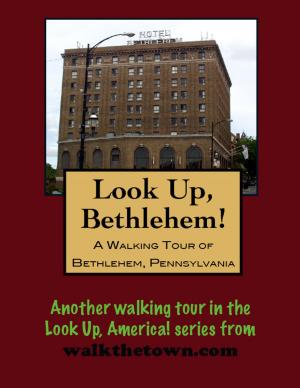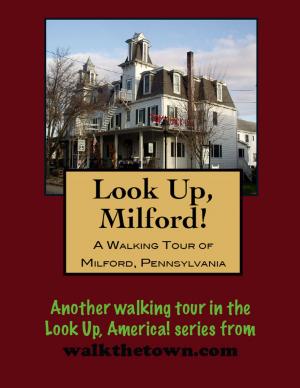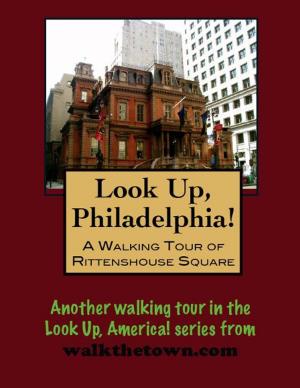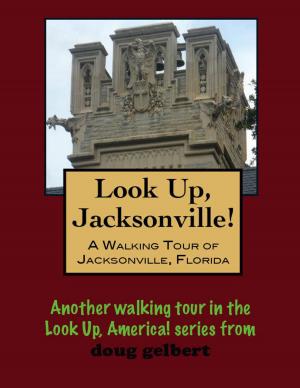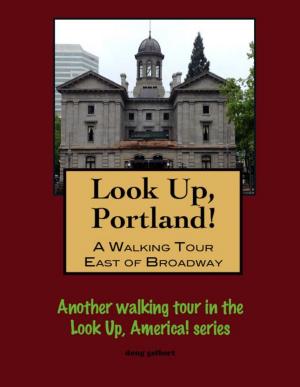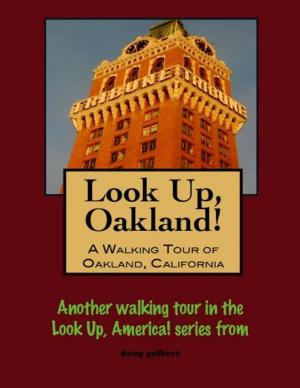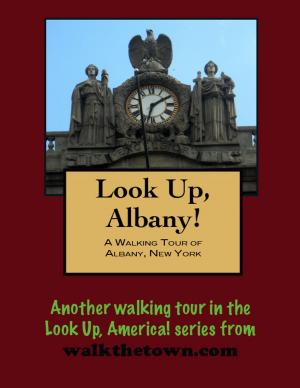| Author: | Doug Gelbert | ISBN: | 9781458012579 |
| Publisher: | Doug Gelbert | Publication: | February 1, 2011 |
| Imprint: | Smashwords Edition | Language: | English |
| Author: | Doug Gelbert |
| ISBN: | 9781458012579 |
| Publisher: | Doug Gelbert |
| Publication: | February 1, 2011 |
| Imprint: | Smashwords Edition |
| Language: | English |
There is no better way to see America than on foot. And there is no better way to appreciate what you are looking at than with a walking tour. Whether you are preparing for a road trip or just out to look at your own town in a new way, a downloadable walking tour from is ready to explore when you are.
Each walking tour describes historical and architectural landmarks and provides pictures to help out when those pesky street addresses are missing. Every tour also includes a quick primer on identifying architectural styles seen on American streets.
The flatlands around the head of navigation for the Hudson River were uneventfully farmed by Dutch settlers and their descendants for the better part of 150 years. After the American Revolution one of those farms, the Vanderhyden place, was subdivided into building lots. Streets were laid out in a grid plan based on Philadelphia’s and in 1793 the new settlement was designated the Rensselaer County seat. There was a spate of classically-inspired town-naming going on in New York State at the time and the village became Troy.
During the first two decades of the nineteenth century, Troy gained prominence as an exporter of grain and vegetables. In 1822 Henry Burden, a native of Scotland, arrived as superintendent of the Troy Iron and Nail Factory. His inventive mind soon automated work that had previously been done by hand and he soon patented a process for manufacturing iron spikes for the new railroads. In 1835 Burden invented a horseshoe machine that cranked out a horseshoe every second, a technological wonder of the day. Troy had its feet planted firmly in the Industrial Revolution. Foundries were busy churning out stoveplates and casting bells.
Visiting Europe in 1864, Horatio Winslow purchased the rights to manufacture and sell Bessemer steel in the United States and began production at his company;s Troy works. Introduction of the the metal brought a new order of mass haulage by rail, and Troy became the steel center of the country for a decade before its supremacy was eclipsed by Andrew Carnegie’s Pittsburgh mills.
In the 1820s a local housewife, Hannah Lord Montague, wearied of washing her husband’s entire shirts when only the collar was dirty so she cut them off and started a new industry. Ebenezer Brown began the manufacture of detachable collars in 1829 and in 1834 Lyman Bennett opened the first successful collar factory. And Troy had a new moniker: “Collar City.” While Troy’s industries were propelling it to the first rank of American cities it was also a leader in education. Under the patronage of Stephen van Rensselaer, Troy was the home of the first strictly scientific academic institution in the United States, Rensselaer Polytechnic Institute, founded in 1824, and Emma Willard was a national leader in the education of women, establishing some of America’s first and most admired women’s
colleges.
Troy’s fall from prosperity mirrored other northern cities in the post-World War II period. The industries have mostly disappeared but the schools still thrive - Rensselaer Polytechnic Institute is the city’s largest private employer. The population has dwindled to mid-19th century levels and that suits the streetscape. In 2006, the New York Times described the city as having “one of the most perfectly preserved 19th-century downtowns in the United States.” Hollywood has found its way to Troy to take advantage of these living set pieces and our walking tour of this by-gone world will begin with a statue dedicated to a fictional character, Uncle Sam...
There is no better way to see America than on foot. And there is no better way to appreciate what you are looking at than with a walking tour. Whether you are preparing for a road trip or just out to look at your own town in a new way, a downloadable walking tour from is ready to explore when you are.
Each walking tour describes historical and architectural landmarks and provides pictures to help out when those pesky street addresses are missing. Every tour also includes a quick primer on identifying architectural styles seen on American streets.
The flatlands around the head of navigation for the Hudson River were uneventfully farmed by Dutch settlers and their descendants for the better part of 150 years. After the American Revolution one of those farms, the Vanderhyden place, was subdivided into building lots. Streets were laid out in a grid plan based on Philadelphia’s and in 1793 the new settlement was designated the Rensselaer County seat. There was a spate of classically-inspired town-naming going on in New York State at the time and the village became Troy.
During the first two decades of the nineteenth century, Troy gained prominence as an exporter of grain and vegetables. In 1822 Henry Burden, a native of Scotland, arrived as superintendent of the Troy Iron and Nail Factory. His inventive mind soon automated work that had previously been done by hand and he soon patented a process for manufacturing iron spikes for the new railroads. In 1835 Burden invented a horseshoe machine that cranked out a horseshoe every second, a technological wonder of the day. Troy had its feet planted firmly in the Industrial Revolution. Foundries were busy churning out stoveplates and casting bells.
Visiting Europe in 1864, Horatio Winslow purchased the rights to manufacture and sell Bessemer steel in the United States and began production at his company;s Troy works. Introduction of the the metal brought a new order of mass haulage by rail, and Troy became the steel center of the country for a decade before its supremacy was eclipsed by Andrew Carnegie’s Pittsburgh mills.
In the 1820s a local housewife, Hannah Lord Montague, wearied of washing her husband’s entire shirts when only the collar was dirty so she cut them off and started a new industry. Ebenezer Brown began the manufacture of detachable collars in 1829 and in 1834 Lyman Bennett opened the first successful collar factory. And Troy had a new moniker: “Collar City.” While Troy’s industries were propelling it to the first rank of American cities it was also a leader in education. Under the patronage of Stephen van Rensselaer, Troy was the home of the first strictly scientific academic institution in the United States, Rensselaer Polytechnic Institute, founded in 1824, and Emma Willard was a national leader in the education of women, establishing some of America’s first and most admired women’s
colleges.
Troy’s fall from prosperity mirrored other northern cities in the post-World War II period. The industries have mostly disappeared but the schools still thrive - Rensselaer Polytechnic Institute is the city’s largest private employer. The population has dwindled to mid-19th century levels and that suits the streetscape. In 2006, the New York Times described the city as having “one of the most perfectly preserved 19th-century downtowns in the United States.” Hollywood has found its way to Troy to take advantage of these living set pieces and our walking tour of this by-gone world will begin with a statue dedicated to a fictional character, Uncle Sam...
